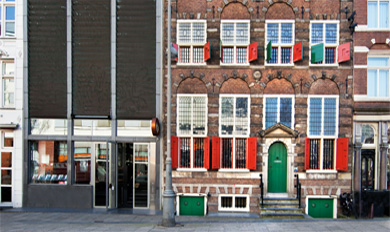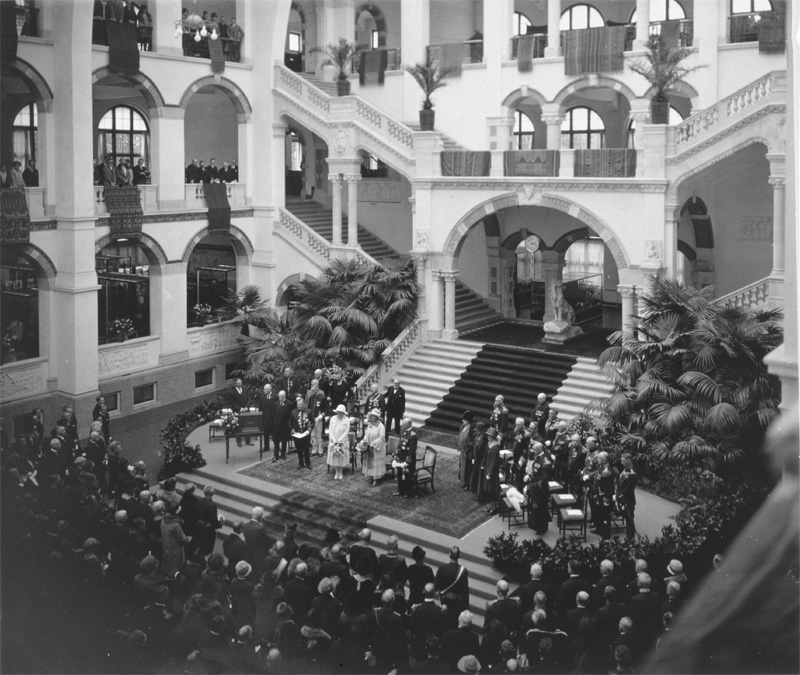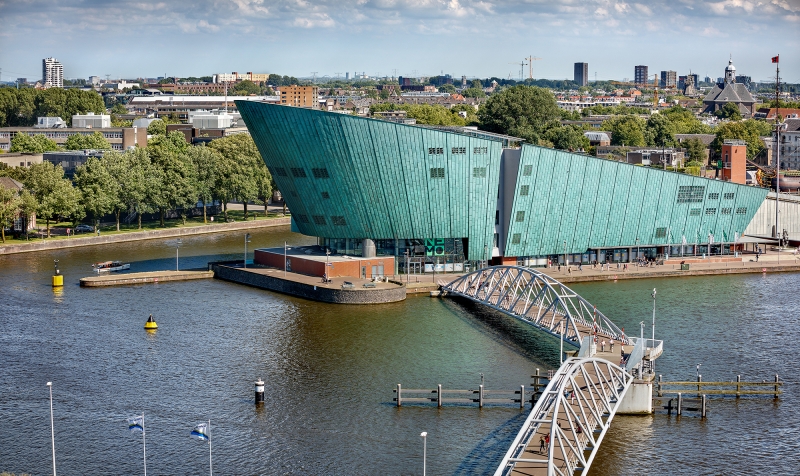In the Nieuwe Markt area is an ancient apothecary and drugstore named Jacob Hooy at Kloveniersburgwal #10. Operating on this spot since 1743, the shop offers medicinal herbs and various natural remedies. The staff is on hand to help you with explanations of the herbs and their uses, and will help you find what you need.

Check out the barrels and drawers all labeled in Latin with their contents. Now imagine the wonderful aroma of all those dried herbs and flowers – you can sneeze, wheeze or shout with glee – but you will definitely notice it. In fact the interior of this shop is nothing but wall-to-wall drawers, barrels, and jars of herbs, salves, and other personal care items.

Jacob Hooy is also noted for their licorice, in all sorts of shapes and sizes. They say the selection of the sweet sticky black stuff here is Amsterdam’s best, except maybe for the sticky black stuff in the coffeeshops, but that’s another kind of “candy.”

Jacob Hooy offered all sorts of items in the past that we don’t consider medicine today – note the jars with names like OPIUM and TABAK.

This area of Amsterdam was always a market, especially for herbs and spices relating to medicine. Across the courtyard in the fanciful castle named the Waag, Dutch physicians operated a theater for the public dissection of human corpses. This rather grim practice no longer takes place over there, it’s now an internet café and restaurant! Before that the area was known as St. Anthony’s Gate, until the 1600’s when the city tore down it’s perimeter walls.






 >
>